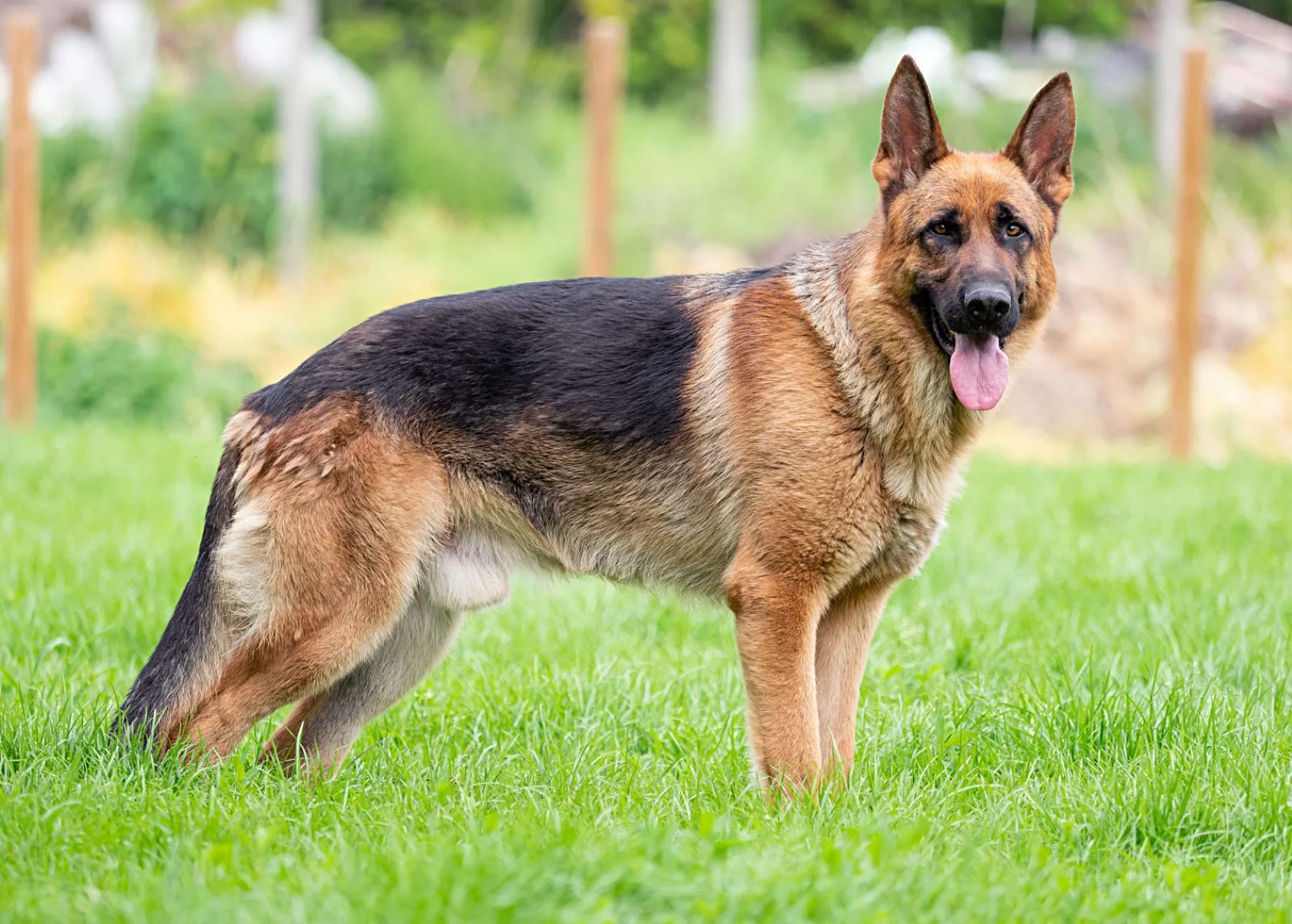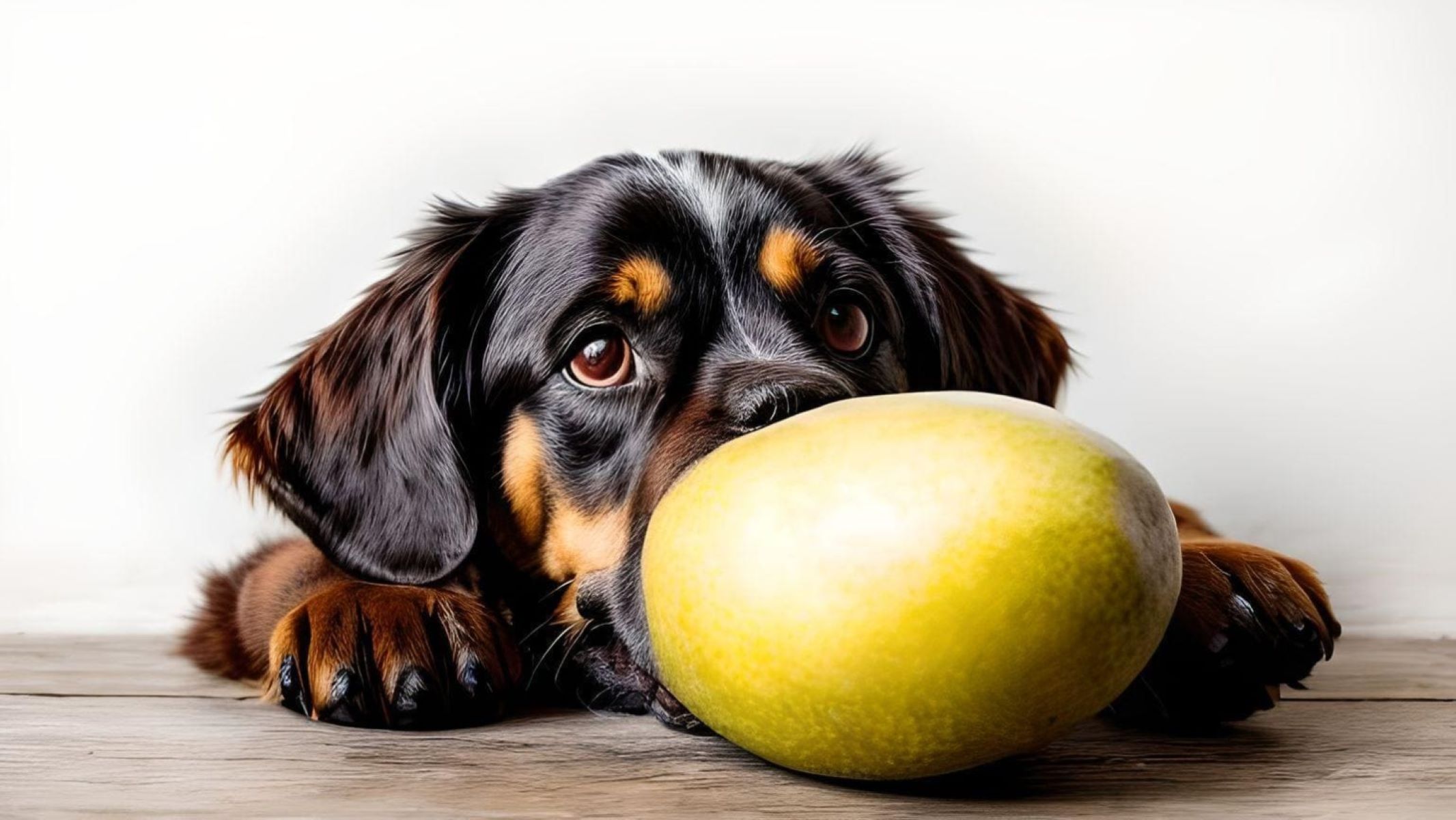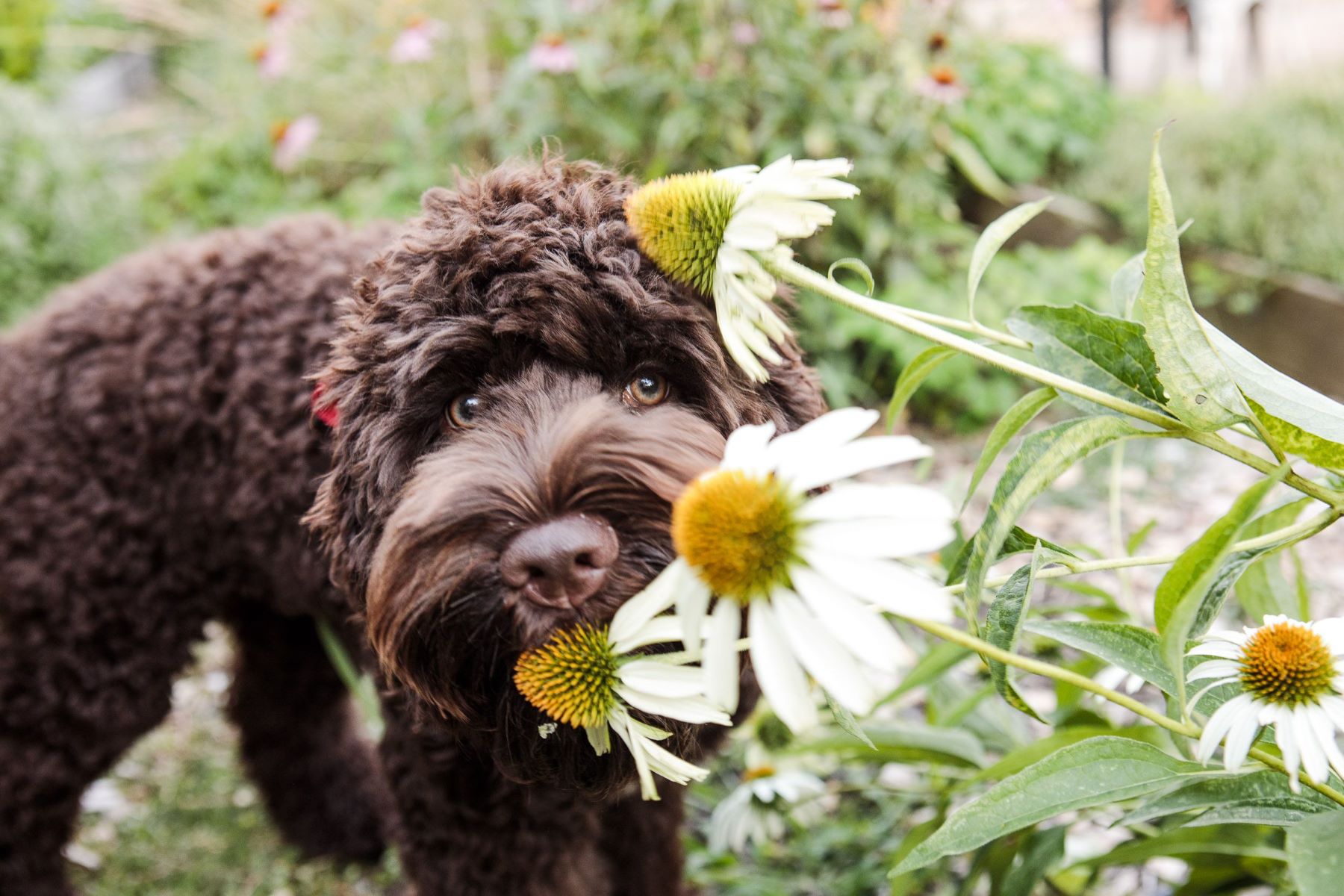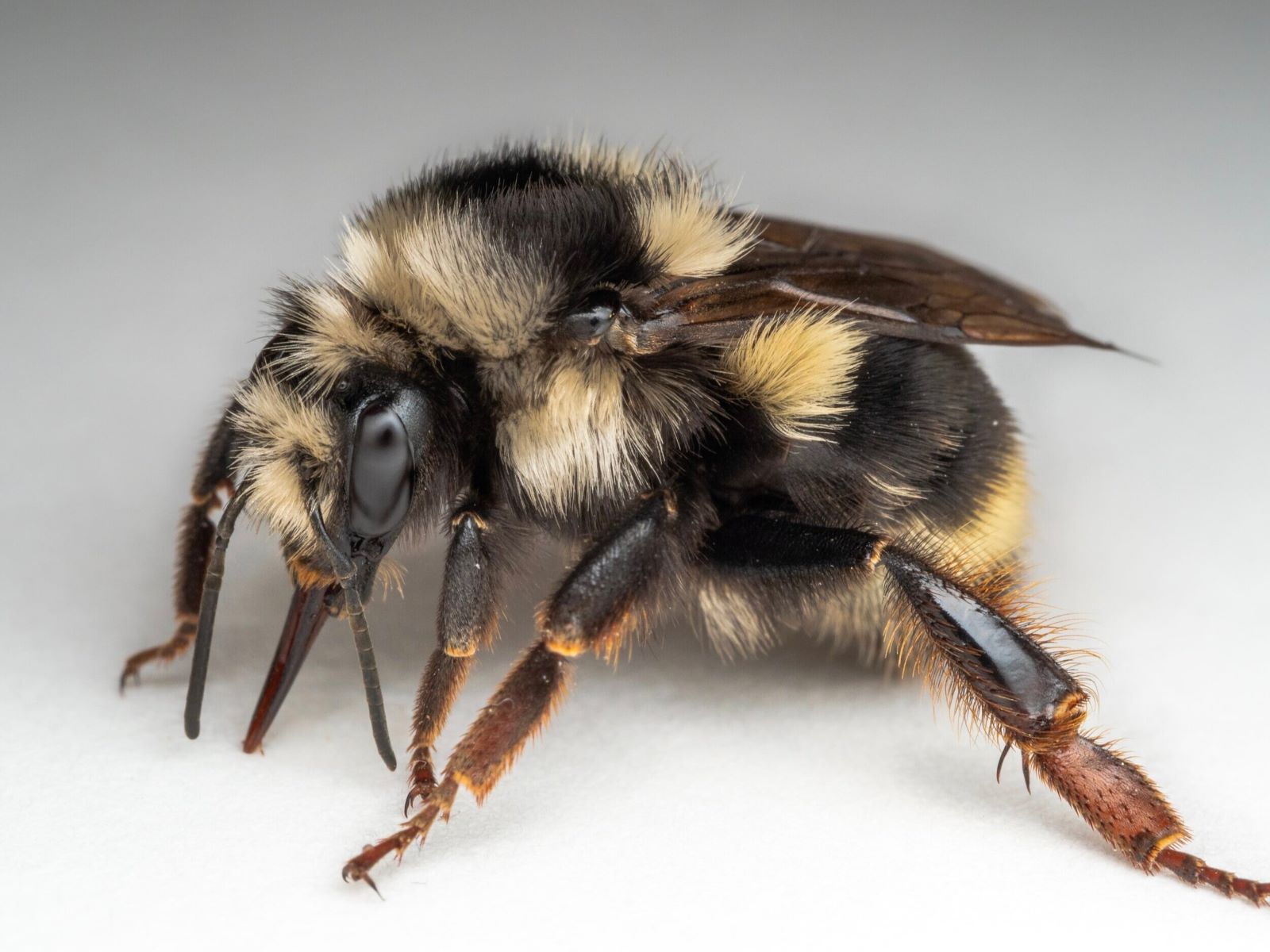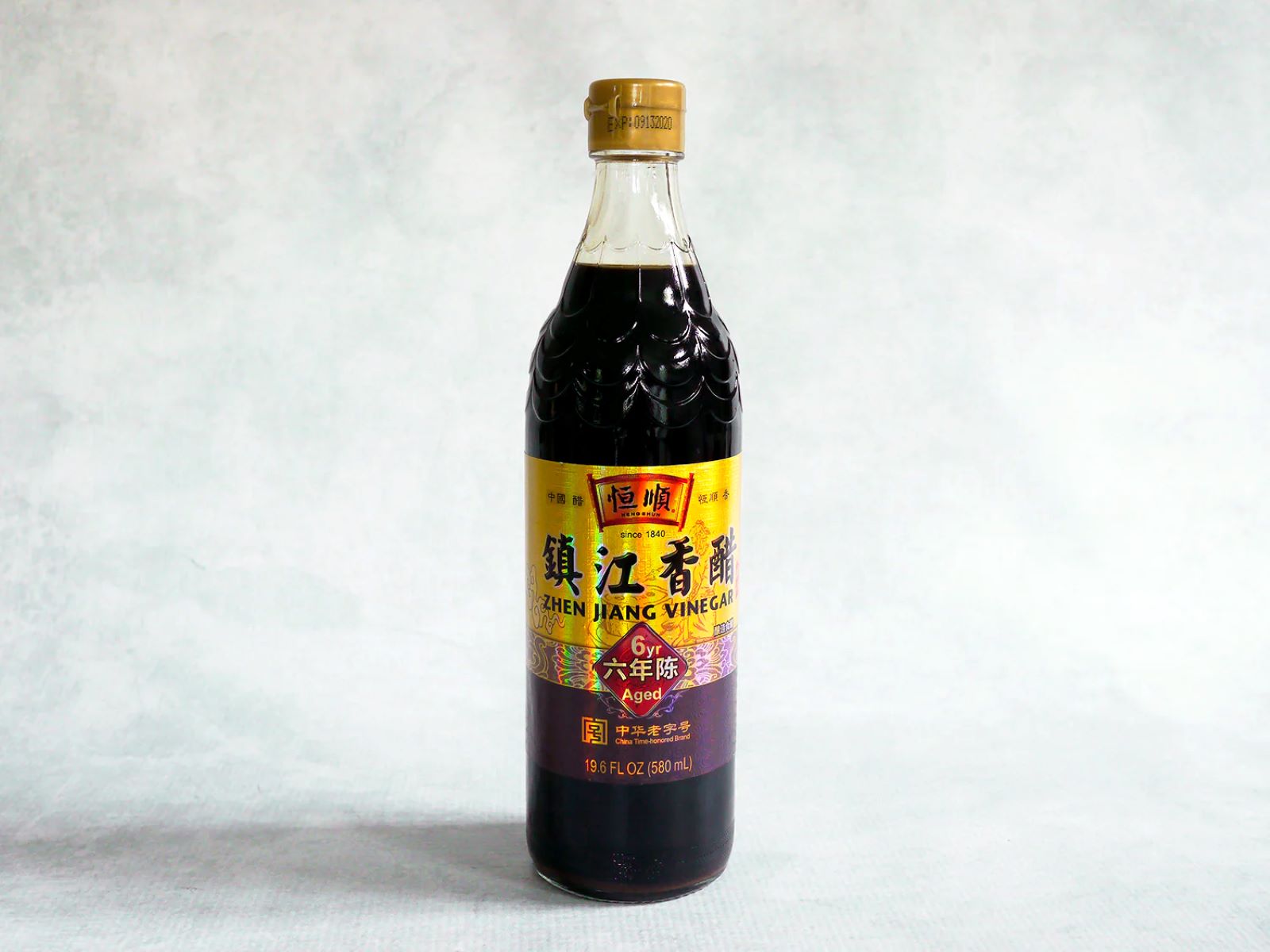Home>Health and Wellness>Shocking Truth: Chinese Evergreen Plant’s Hidden Danger For Pets Revealed!
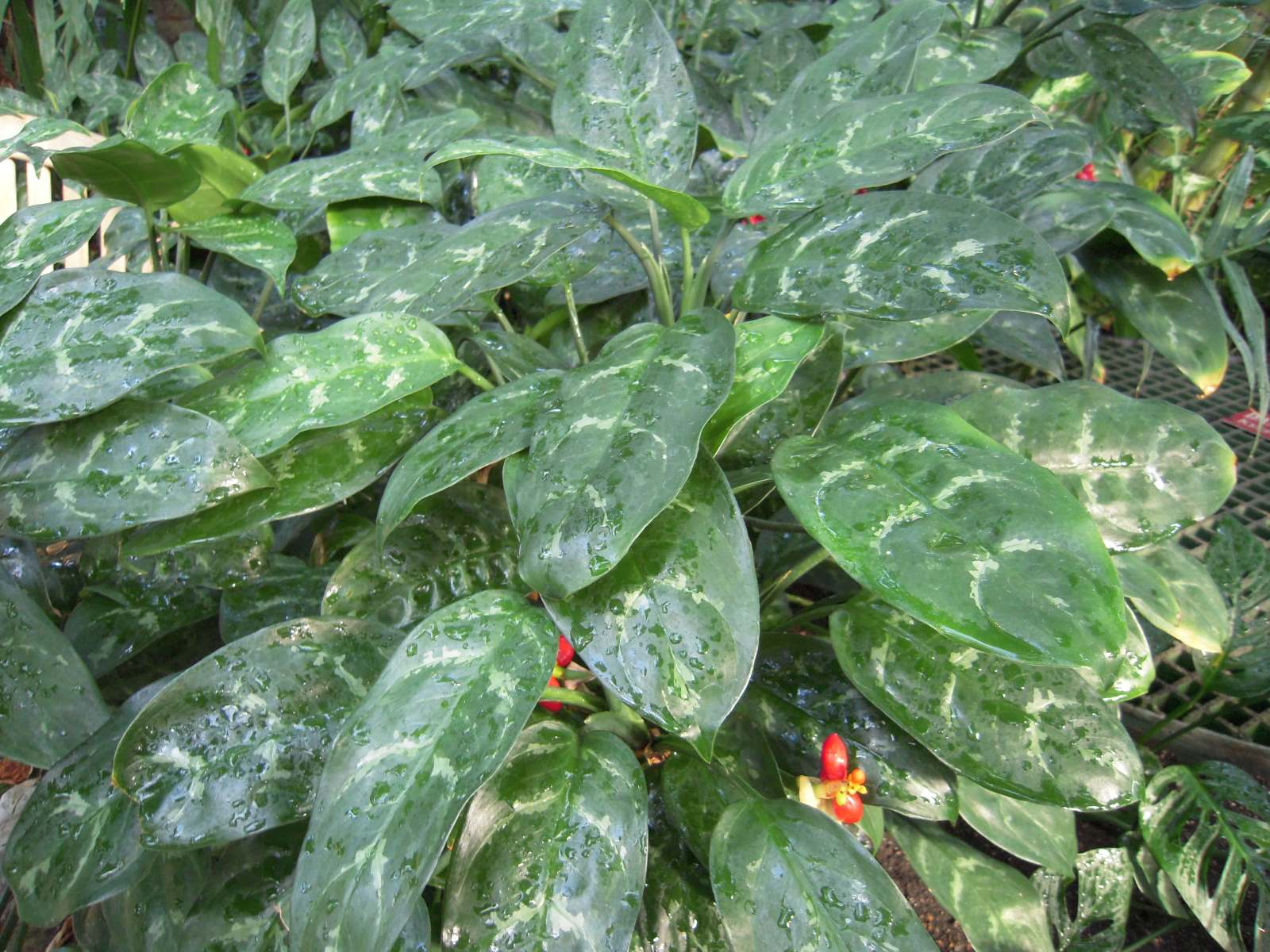

Health and Wellness
Shocking Truth: Chinese Evergreen Plant’s Hidden Danger For Pets Revealed!
Published: February 8, 2024
Discover the hidden danger of Chinese Evergreen plants for pets. Learn how to ensure the health and wellness of your furry friends.
(Many of the links in this article redirect to a specific reviewed product. Your purchase of these products through affiliate links helps to generate commission for Regretless.com, at no extra cost. Learn more)
Table of Contents
Introduction
The Chinese Evergreen plant, known for its lush green foliage and air-purifying properties, has gained popularity as a decorative houseplant. However, what many pet owners are unaware of is the potential danger this seemingly innocuous plant poses to their beloved furry companions. While the Chinese Evergreen plant adds a touch of natural elegance to indoor spaces, it harbors a hidden toxicity that can have detrimental effects on pets if ingested. As a responsible pet owner, understanding the risks associated with this common household plant is crucial for safeguarding the well-being of our animal companions.
In this comprehensive guide, we will delve into the shocking truth behind the Chinese Evergreen plant's hidden danger for pets. By shedding light on the toxicity, symptoms, treatment, and preventive measures, we aim to equip pet owners with the knowledge necessary to protect their furry friends from potential harm. It's essential to recognize that while the Chinese Evergreen plant may enhance the aesthetic appeal of our living spaces, its presence can pose a significant threat to the health and safety of our pets. Let's embark on this enlightening journey to uncover the hidden perils associated with this popular houseplant and learn how to ensure the well-being of our beloved pets.
The Toxicity of Chinese Evergreen Plant
The Chinese Evergreen plant (Aglaonema), with its striking foliage and low-maintenance nature, has become a favored choice for indoor plant enthusiasts. However, beneath its aesthetic allure lies a perilous secret – it is toxic to pets. The Chinese Evergreen plant contains insoluble calcium oxalate crystals, which can cause severe adverse reactions when ingested by dogs, cats, and other household pets.
The toxic components of the Chinese Evergreen plant are primarily concentrated in its leaves and stems. When a pet chews on or ingests parts of the plant, these insoluble calcium oxalate crystals can trigger a range of distressing symptoms. Upon contact with the oral cavity, esophagus, or stomach lining, these crystals can cause irritation, leading to intense discomfort and potential damage to the delicate tissues.
Ingestion of the Chinese Evergreen plant can result in symptoms such as oral irritation, excessive drooling, difficulty swallowing, vomiting, and in severe cases, swelling of the mouth and throat. The severity of the symptoms can vary depending on the quantity of the plant ingested and the size of the pet. It's crucial for pet owners to recognize that even small amounts of the Chinese Evergreen plant can pose a significant risk to the well-being of their furry companions.
The toxicity of the Chinese Evergreen plant underscores the importance of pet-proofing our living spaces and being mindful of the potential hazards posed by seemingly innocuous household plants. By gaining awareness of the inherent dangers associated with specific flora, pet owners can take proactive measures to ensure a safe and secure environment for their animal companions.
Understanding the toxic nature of the Chinese Evergreen plant empowers pet owners to make informed decisions when selecting indoor plants, ultimately prioritizing the well-being of their pets. As we delve deeper into the symptoms, treatment, and preventive strategies related to Chinese Evergreen plant poisoning in pets, it becomes evident that vigilance and education are paramount in safeguarding our furry friends from potential harm.
Symptoms of Chinese Evergreen Plant Poisoning in Pets
The symptoms of Chinese Evergreen plant poisoning in pets can manifest rapidly after ingestion, signaling distress and potential danger to their well-being. It's imperative for pet owners to be vigilant and recognize the signs of toxicity to promptly seek appropriate care for their furry companions. The following are the common symptoms associated with Chinese Evergreen plant poisoning in pets:
-
Oral Irritation: Upon ingesting the toxic components of the Chinese Evergreen plant, pets may experience oral irritation, characterized by pawing at the mouth, rubbing their face on surfaces, and displaying signs of discomfort and agitation. The presence of insoluble calcium oxalate crystals in the plant can instigate intense irritation in the oral cavity, leading to visible distress in affected pets.
-
Excessive Drooling: One of the hallmark symptoms of Chinese Evergreen plant poisoning is excessive drooling. Pets may exhibit a sudden increase in salivation, often accompanied by pawing at the mouth and frequent attempts to alleviate the discomfort caused by the ingestion of the toxic plant.
-
Difficulty Swallowing: Pets suffering from Chinese Evergreen plant poisoning may struggle with swallowing, as the presence of insoluble calcium oxalate crystals can induce swelling and irritation in the throat and esophagus. This can result in visible discomfort and reluctance to eat or drink.
-
Vomiting: The ingestion of the toxic components of the Chinese Evergreen plant can prompt pets to vomit as their body attempts to expel the harmful substances. This can be a distressing indication of toxicity and should prompt immediate attention from pet owners.
-
Swelling of the Mouth and Throat: In severe cases of Chinese Evergreen plant poisoning, pets may experience pronounced swelling of the mouth and throat, leading to breathing difficulties and heightened distress. This critical symptom necessitates urgent veterinary intervention to mitigate the potential risks to the pet's health.
It's essential for pet owners to remain observant and responsive to any unusual behavior or symptoms in their pets, especially if the Chinese Evergreen plant is present in their living environment. Recognizing these symptoms and seeking prompt veterinary care can significantly impact the outcome for pets affected by Chinese Evergreen plant poisoning. By being attuned to these warning signs, pet owners can take proactive measures to safeguard their furry companions from the perils of toxic plant ingestion.
In summary, the symptoms of Chinese Evergreen plant poisoning in pets encompass a spectrum of distressing manifestations, ranging from oral irritation and excessive drooling to vomiting and potential swelling of the mouth and throat. Understanding these symptoms empowers pet owners to prioritize the well-being of their beloved animals and take swift action when faced with the alarming signs of plant toxicity.
Treatment for Chinese Evergreen Plant Poisoning in Pets
Upon discovering that a pet has ingested the toxic components of the Chinese Evergreen plant, swift and decisive action is paramount to mitigate the potential risks to their health. The treatment for Chinese Evergreen plant poisoning in pets encompasses a multi-faceted approach aimed at alleviating symptoms, addressing complications, and facilitating the pet's recovery under the guidance of veterinary professionals.
Immediate Veterinary Care: The first and most crucial step in treating Chinese Evergreen plant poisoning in pets is seeking immediate veterinary care. Pet owners should promptly transport their furry companions to a veterinary facility equipped to handle cases of plant toxicity. Timely intervention is essential to assess the extent of the poisoning, initiate appropriate treatment measures, and prevent the escalation of symptoms.
Symptomatic Relief: Veterinary professionals may administer symptomatic relief to alleviate the discomfort experienced by pets affected by Chinese Evergreen plant poisoning. This can include providing medications to reduce oral inflammation, ease swallowing difficulties, and manage vomiting. Symptomatic relief aims to enhance the pet's comfort and mitigate the immediate effects of plant toxicity.
Fluid Therapy: In cases of severe Chinese Evergreen plant poisoning, pets may require fluid therapy to address dehydration and electrolyte imbalances resulting from vomiting and excessive drooling. Intravenous fluids may be administered to maintain hydration and support the pet's physiological stability during the recovery process.
Monitoring and Supportive Care: Throughout the treatment period, veterinary professionals will closely monitor the pet's vital signs, observe for any worsening of symptoms, and provide supportive care as needed. This may involve maintaining a conducive environment for the pet's recovery, offering nutritional support, and administering additional medications to manage complications arising from the ingestion of the toxic plant.
Follow-Up Care and Guidance: After the initial treatment phase, pet owners will receive guidance on post-recovery care for their pets. This may include dietary recommendations, medication schedules, and follow-up appointments to assess the pet's progress and ensure a complete recovery from the effects of Chinese Evergreen plant poisoning.
The treatment for Chinese Evergreen plant poisoning in pets underscores the critical role of veterinary intervention in addressing plant toxicity. By promptly seeking professional care, pet owners can enhance the prospects of a positive outcome for their furry companions and facilitate their journey towards full recovery.
In summary, the treatment for Chinese Evergreen plant poisoning in pets encompasses immediate veterinary care, symptomatic relief, fluid therapy, monitoring, supportive care, and follow-up guidance. This comprehensive approach aims to address the effects of plant toxicity and prioritize the well-being of pets affected by the ingestion of the toxic components of the Chinese Evergreen plant.
Preventing Chinese Evergreen Plant Poisoning in Pets
Preventing Chinese Evergreen plant poisoning in pets necessitates a proactive and vigilant approach to safeguarding the well-being of our furry companions. By implementing strategic measures and creating a pet-friendly environment, pet owners can significantly reduce the risk of plant toxicity and ensure a safe living space for their beloved animals.
Selecting Pet-Safe Indoor Plants
When curating indoor greenery, pet owners should prioritize plants that are deemed safe for pets. Researching pet-friendly plant options and opting for non-toxic varieties can mitigate the potential hazards associated with toxic plant ingestion. By choosing pet-safe indoor plants, such as spider plants, Boston ferns, and African violets, pet owners can enhance the aesthetic appeal of their living spaces while minimizing the risk of plant-related toxicity for their pets.
Elevated Placement and Enclosures
Positioning potentially toxic plants, including the Chinese Evergreen, in elevated locations or enclosed spaces can restrict pets' access to these potentially hazardous flora. Placing plants on high shelves, utilizing hanging planters, or using pet-proof enclosures can serve as effective deterrents, preventing curious pets from coming into contact with toxic plants and reducing the likelihood of ingestion.
Pet Awareness and Training
Educating pets about boundaries and implementing training to discourage plant exploration can contribute to preventing plant poisoning incidents. Positive reinforcement training techniques can help pets understand which areas and objects are off-limits, including specific plants that pose a risk to their well-being. By fostering awareness and imparting boundaries, pet owners can instill behaviors that mitigate the potential for toxic plant ingestion.
Vigilance and Observation
Maintaining vigilance and closely observing pets' behavior within the living environment are essential aspects of preventing Chinese Evergreen plant poisoning. By promptly addressing any attempts by pets to interact with plants, pet owners can intervene before ingestion occurs. Regular observation and proactive intervention can significantly reduce the likelihood of plant-related toxicity incidents and foster a safe and harmonious coexistence between pets and indoor plants.
Pet-Safe Alternatives and Deterrents
Incorporating pet-safe alternatives and deterrents can further enhance the protection of pets from toxic plant exposure. Utilizing natural deterrents, such as citrus peels or pet-friendly repellents, can dissuade pets from approaching and interacting with potentially harmful plants. Additionally, providing appealing and safe plant alternatives for pets, such as cat grass or pet-friendly herbs, can redirect their attention away from toxic flora.
Collaborative Veterinary Guidance
Seeking guidance from veterinary professionals can offer valuable insights into creating a pet-friendly living environment. Veterinarians can provide personalized recommendations based on the specific needs and behaviors of pets, offering tailored strategies to prevent plant poisoning incidents. Collaborating with veterinarians fosters a proactive approach to pet care and reinforces the commitment to safeguarding pets from potential plant-related hazards.
By embracing these preventive measures and integrating them into the pet care routine, pet owners can establish a secure and nurturing environment that minimizes the risk of Chinese Evergreen plant poisoning. Prioritizing pet safety and well-being through proactive prevention sets the foundation for a harmonious coexistence between pets and indoor plants, ensuring a thriving and secure living space for all inhabitants.
Conclusion
In conclusion, the hidden danger posed by the Chinese Evergreen plant to pets serves as a poignant reminder of the potential hazards that can lurk within our living spaces. The lush foliage and ornamental appeal of this popular houseplant belie its inherent toxicity, underscoring the importance of informed decision-making and proactive measures to protect our beloved furry companions.
The revelation of the Chinese Evergreen plant's toxicity highlights the critical need for pet owners to prioritize pet-friendly environments and cultivate awareness of potential hazards within their homes. By recognizing the symptoms and risks associated with toxic plant ingestion, pet owners can take decisive steps to mitigate these dangers and create a safe haven for their pets.
Understanding the symptoms of Chinese Evergreen plant poisoning in pets empowers pet owners to swiftly identify and address potential toxicity incidents. By remaining vigilant and responsive to any signs of distress or unusual behavior in their pets, owners can expedite the process of seeking veterinary care and initiating appropriate treatment measures.
The treatment and preventive strategies outlined in this guide underscore the significance of proactive pet care and the pivotal role of veterinary intervention in addressing plant toxicity. Through swift veterinary care, symptomatic relief, and collaborative guidance, pet owners can navigate the challenges posed by Chinese Evergreen plant poisoning and prioritize the well-being of their animal companions.
Furthermore, the implementation of preventive measures, such as selecting pet-safe indoor plants, elevating and enclosing potentially toxic flora, and fostering pet awareness and training, establishes a proactive framework for safeguarding pets from the perils of toxic plant ingestion. By integrating these strategies into their pet care routines, owners can create a secure and nurturing environment that minimizes the risk of plant-related toxicity incidents.
In essence, the shocking truth behind the Chinese Evergreen plant's hidden danger for pets serves as a catalyst for heightened awareness and informed decision-making in pet ownership. By embracing knowledge, vigilance, and proactive prevention, pet owners can fortify the bond with their furry companions and foster a living environment that prioritizes safety, well-being, and harmony for all inhabitants.
